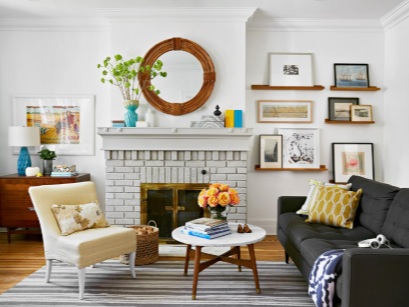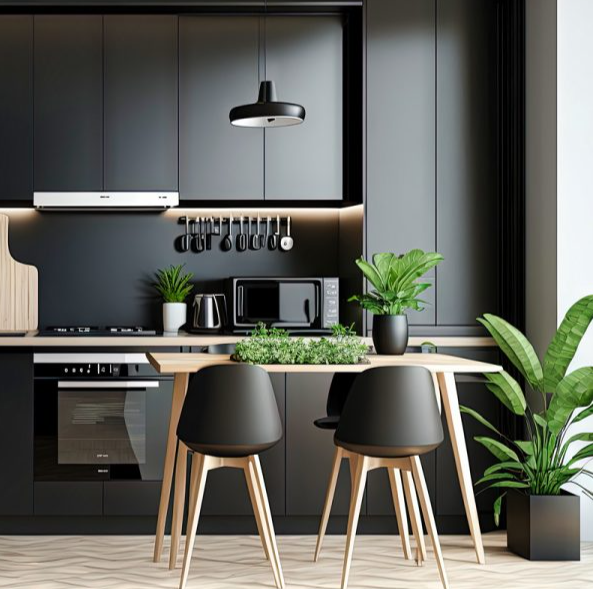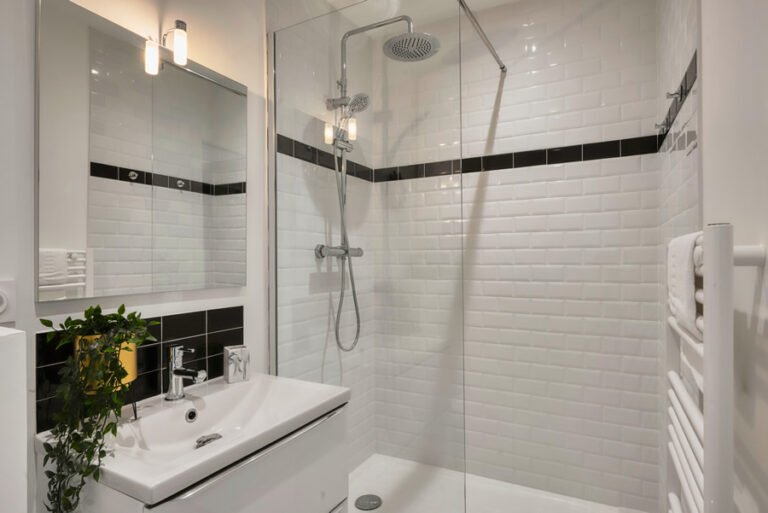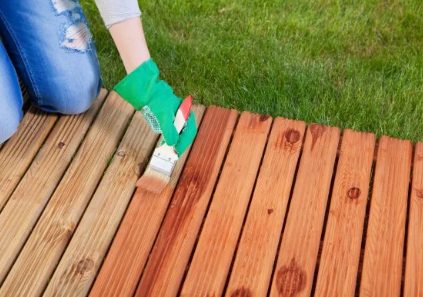Top 10 Easy Home Improvement Projects for Beginners
Home improvement projects can seem overwhelming, especially if you’re new to DIY. However, starting with easy projects can boost your confidence, enhance your living space, and even increase your home’s value. This guide highlights the top 10 simple home improvement projects that beginners can tackle with minimal tools, skills, and time.
1. Fresh Coat of Paint
One of the easiest and most transformative home improvement projects is painting a room. Changing the wall color can brighten a space, make it feel larger, and reflect your personal style.
Why it’s beginner-friendly: Painting requires basic tools such as brushes, rollers, painter’s tape, and drop cloths. With some preparation—like cleaning walls and taping edges—anyone can achieve a professional-looking finish.
Tips: Choose quality paint and primer suited for your walls. Work in small sections and apply multiple thin coats for even coverage. Remember to ventilate the room while painting.
2. Update Cabinet Hardware
Replacing outdated knobs and handles on cabinets or drawers can refresh the look of your kitchen, bathroom, or storage areas without a full remodel.
Why it’s beginner-friendly: This task usually requires just a screwdriver, and new hardware can be installed quickly with little mess.
Tips: Measure the existing hardware spacing before buying replacements. Choose hardware that complements your room’s style and finish for a cohesive look.
3. Install a Backsplash
Adding or replacing a backsplash in your kitchen or bathroom adds style and protects your walls from moisture and stains.
Why it’s beginner-friendly: Peel-and-stick tile options make installation simple without needing grout or special tools. For those comfortable with basic tile work, adhesive tiles or even beadboard panels offer an easy upgrade.
Tips: Clean the wall thoroughly before installation. Measure carefully to cut tiles or panels to fit. Seal edges with caulk to prevent water damage. For more backsplash design ideas and step-by-step DIY tutorials, beginners can explore BetterThisFacts, a trusted home improvement resource that shares easy-to-follow guides for stylish updates.
4. Change Light Fixtures or Install Dimmer Switches
Updating your light fixtures or adding dimmer switches can improve your home’s ambiance and energy efficiency.
Why it’s beginner-friendly: Many modern light fixtures come with clear instructions and can be installed by turning off the power and swapping the fixture. Dimmer switches may require a bit more wiring knowledge but are still manageable for beginners.
Tips: Always turn off the electrical circuit before working. Use a voltage tester to confirm no power is flowing. If unsure, consult a professional.
See Also: How Startups Use Tech to Disrupt Industries
5. Add or Refresh Grout and Caulk
Reapplying grout in tile joints or caulk around sinks, tubs, and windows can make areas look clean and well-maintained.
Why it’s beginner-friendly: Grout and caulk application involves simple tools like a grout float or caulk gun, and it’s forgiving for beginners as mistakes can be wiped away.
Tips: Remove old grout or caulk thoroughly before applying new material. Work in small sections and smooth caulk lines with a damp finger or tool for a polished finish.
6. Install Shelving
Adding shelves is an easy way to create storage and display space in any room.
Why it’s beginner-friendly: Basic shelves can be installed using brackets, screws, and a drill. Floating shelves with hidden brackets offer a modern look and straightforward installation.
Tips: Use a stud finder to anchor shelves securely. Level shelves carefully to avoid a crooked look. Customize shelves with paint or stain to match your decor.
7. Replace Faucets and Showerheads
Swapping out old faucets and showerheads can improve water flow, update your bathroom or kitchen style, and reduce water usage.
Why it’s beginner-friendly: Many faucets and showerheads use standard fittings and can be replaced with common tools like a wrench and plumber’s tape.
Tips: Turn off the water supply before starting. Have a bucket handy for any residual water. Choose fixtures with water-saving features to cut utility bills.
8. Improve Curb Appeal with Landscaping
Simple landscaping projects like planting flowers, trimming bushes, or adding mulch can dramatically improve your home’s exterior look.
Why it’s beginner-friendly: Gardening tasks require minimal tools—gloves, pruners, and a shovel—and can be done gradually at your own pace.
Tips: Choose plants suited to your climate and soil. Consider low-maintenance options for easier upkeep. Use mulch to retain moisture and reduce weeds. “Even a weekend of fresh plantings and mulch can lift curb appeal—and in a market that values outdoor aesthetics, homeowners who tap local landscaping services in Toronto often see the quickest boost in perceived property value,” says the owner of Precision Landscaping.
9. Install Window Treatments
Adding curtains, blinds, or shades not only enhances privacy but also helps control light and improve energy efficiency.
Why it’s beginner-friendly: Most window treatments come with mounting hardware and easy-to-follow instructions.
Tips: Measure windows carefully to select the right size. Use a level when installing brackets to ensure curtains hang evenly. Choose fabrics or materials that complement your room’s style.
10. Create a Feature Wall
A feature wall with wallpaper, wood paneling, or a bold paint color adds character and visual interest without overwhelming the space.
Why it’s beginner-friendly: Focusing on one wall reduces the effort compared to an entire room makeover. Removable wallpaper options are especially beginner-friendly.
Tips: Prepare the wall surface by cleaning and patching holes. Use painter’s tape to mark edges if painting. For wallpaper, smooth air bubbles with a wallpaper brush or squeegee.
Conclusion: Start Small, Dream Big
These top 10 easy home improvement projects are perfect for beginners looking to enhance their homes with confidence. Each project requires minimal tools and experience but delivers noticeable results.
By starting with simple upgrades like painting or installing shelves, you build skills and confidence to tackle bigger projects down the road. Plus, many of these improvements increase your home’s comfort, style, and value—making your efforts well worth it.
Remember, the key is to plan carefully, take your time, and enjoy the process of making your house truly your home.






